End of HI’s mine clearance operations in Senegal
Handicap International (HI) has completed its mine clearance operations in Casamance. Launched in 2011, this six-year mine action project, which was interrupted for just a few months in 2014, has freed more than 160,000 sq.m of land, the equivalent of 24 football pitches, benefiting the region’s 1.5 million inhabitants.

Mine clearance expert operating the Digger. | © Handicap International
Between 2012 and 2017, HI’s team of mine clearance experts in Senegal cleared some 163,203 sq.m of land - fields and transport routes - for a total of 12 villages. The threat from mines and explosive remnants of war - the legacy of a pro-independence conflict in the region in the 1980s and 1990s - has been lifted for more than 1.5 million people.
HI used several techniques: manual mine clearance with metal detectors, demining dogs in 2015 and 2016, and a Digger, particularly from February 2016, which made operations considerably faster. The Digger[1] covers between 400 sq.m and 500 sq.m an hour, depending on vegetation and soil type, or 24,000 sq.m to 3,000 sq.m for a six-hour working day. A mine clearance team with dogs covers on average 300 sq.m to 400 sq.m of ground each working day.
Since the start of operations in 2011, 27 mines have been secured. “Some are destroyed in the field, while others are neutralised and stored for use in mine clearance training or for training dogs to identify mines,” explains Faly Keita, head of HI’s base in Casamance.
The Digger was particularly useful to HI’s teams due to the presence of PRBM 35 mines, which cannot be identified by detectors.
“Mine clearance has restored the confidence of local people, and enabled them to farm their land again and to work with peace of mind. People living in the village of Kanico have even been able to build a church in an area cleared of mines by HI in January,” adds Faly Keita.
Senegal signed the Ottawa mine ban convention in 1998 and expects to be mine-free by 2021.
[1] A Digger is a minesweeper It is an armoured vehicle that, like a combine harvester, turns metal weights on its front section. When the weights hit the ground, they explode the mines and explosive remnants of war in its path.





